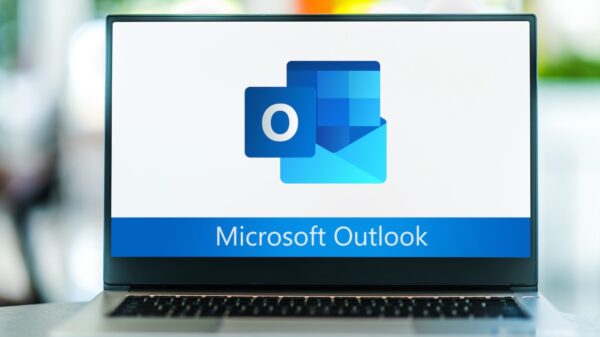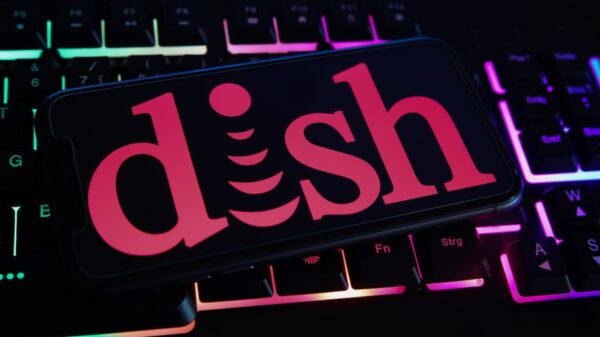Malware authors have developed a new version of the Svpeng Android Trojan, which they are currently using to target users in the United States.
The existence of Trojan-SMS.AndroidOS.Svpeng.a was first brought to light in July 2013 when Kaspersky Lab published a report on its Russian language blog. At the time, the malware was designed to abuse the SMS services offered by certain Russian banks in order to steal money from accounts.
In November 2013, Kaspersky reported that the authors of the mobile malware had added new phishing capabilities to the threat, and at the beginning of 2014, they had even included ransomware functionality. In a blog post published on Wednesday, the security company warned that since the beginning of June, a new version of the Trojan had been used to infect devices in the United States.
While the main version of Svpeng continues to target Russian users, 91% of the infections attributed to the new variant appear to be located in the US, with some infections also being detected in countries including the UK, Switzerland, Germany, India and Russia, Kaspersky said.
When executed, the malicious mobile application, which works just like a typical piece of ransomware, appears to be scanning the device. After a while, the smartphone is locked and its owner is informed that “prohibited content” has been found, and that $200 must be paid via MoneyPak vouchers to have the device unlocked.
“When it comes to ransomware Trojans, the new modification of Svpeng stands out for its wholly new implementation of standard features – it completely blocks the mobile device, even making it impossible to invoke the menu to switch off or reload the device,” Kaspersky Lab Expert Roman Unuchek explained in a blog post.
“The victim can turn off the device by pressing the on/off button for a few seconds, but the Trojan immediately starts working as soon as the device is switched on again,” Unuchek added.
The malware also checks to see if mobile applications from Bank of America, Chase, Regions, Citibank, Wells Fargo, American Express, BB&T, or TD Bank are installed on infected devices. Kaspersky’s experts believe the attackers are most likely collecting statistics regarding the use of these apps.
Another noteworthy aspect about this new Svpeng variant is that it contains a Cryptor class reference. For the time being, the feature is not enabled, but this indicates that the cybercriminals might be planning on using the malware to encrypt files stored on infected devices and hold them for ransom.
According to Kaspersky, this type of functionality has been seen in Trojan-Ransom.AndroidOS.Pletor.a, also known as Simplocker, which is believed to be the first file-encrypting ransomware targeting Android phones. The encryptor Trojan appears to be fairly successful, as by June 5 Kaspersky had already detected more than 2,000 infections across 13 countries.















